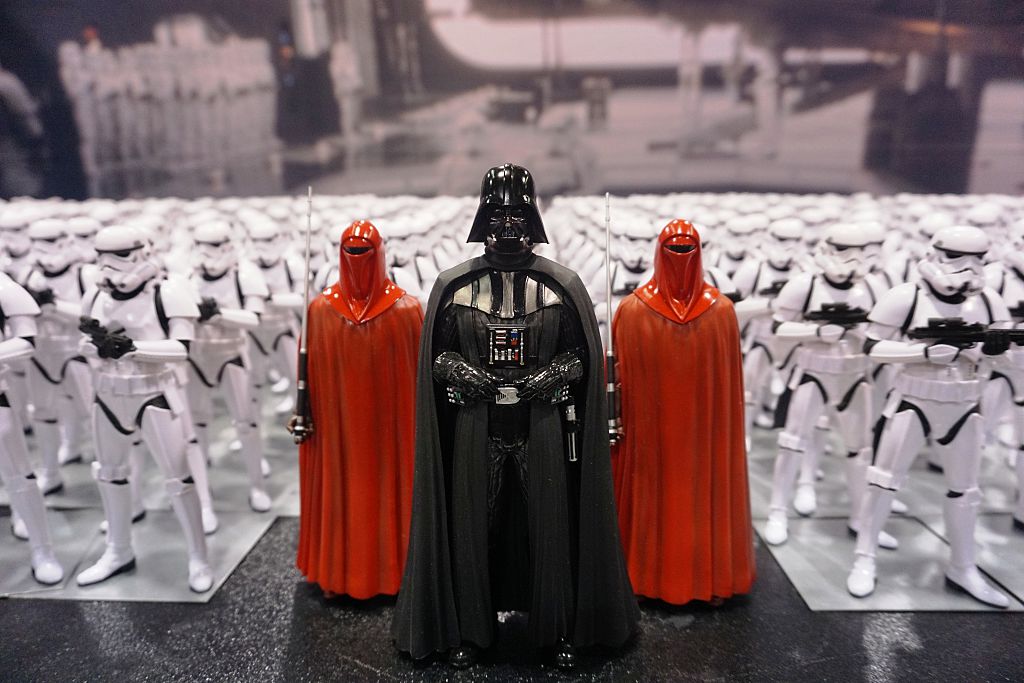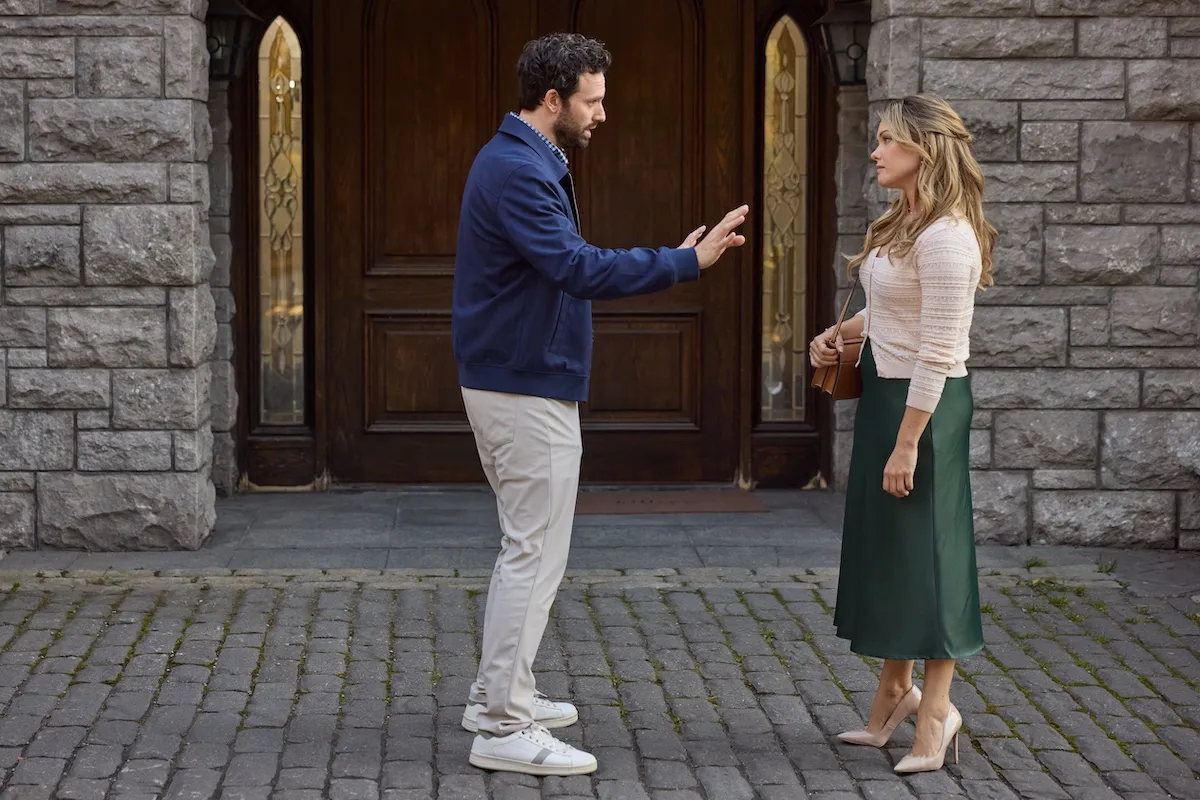‘Star Wars’ Fans Just Learned a Crazy Fact about How the Saga Was Made
Over the course of more than 40 years, Star Wars fans have learned a ton about the ingenuity that went into making the saga. From the original trilogy in the 1970s and 1980s to the recent Disney era, Star Wars is known for providing some of the most iconic visuals in cinema history.
In fact, the original movie helped popularize the summer movie season as the prime time for studios to release their escapist blockbusters. With everything fans already know about the George Lucas-created franchise, it takes a lot to completely shift the way they think about the saga.
Yet, a new discovery regarding Star Wars has just changed everything.

The original ‘Star Wars’ trilogy pushed visual effects forward
In the 1970s, visual effects artists had precious few options to choose from. After all, this was an era before computer-generated imagery. Today’s effects teams have way more tools at their disposal to realize a filmmaker’s vision. But 1977’s Star Wars: A New Hope relied on every trick in the book to create the universe on screen.
As a result, it won six Academy Awards, including trophies for its visual and sound effects. The subsequent two entries in the original Star Wars trilogy received similar acclaim. And the films remain landmarks for visual effects, incorporating matte paintings, stop-motion, puppetry, and other techniques to transcend the limitations of the time.
Fans have criticized later films for using too much CGI throughout
While Lucas did touch up the visuals for the 1997 special editions, the original Star Wars trilogy’s initial effects have largely stood the test of time. This is often credited to its focus on practical effects, again due to the absence of CGI. Conversely, the perceived overabundance of computer effects persistently haunts more recent films in the Star Wars saga.
Execution is key in determining whether these visuals age well. And some productions — such as the sequel trilogy — have opted for a combination of CGI and practical effects. In essence, this ensures the best of both worlds, eliminating creative limitations and preventing the visuals from looking dated.
However, the biggest culprit of CGI overload in Star Wars is easily the prequel trilogy. Fans often note how the final battles in all three films play more like video games than anything else. Gone is the tangibility of the original trilogy. Sure, the prequels still have their standout moments. But many fans decry the poorly aged visuals.
A new Disney+ documentary reveals a surprising detail about the saga
Fans often single out Star Wars: Episode I — The Phantom Menace as the point at which Lucas leaned too heavily into CGI. In fact, many fans assume that just about every visual in the 1999 film is computer-generated. So the Star Wars community was surprised when an episode of Disney+ documentary series Disney Gallery: The Mandalorian revealed the truth.
In an episode titled “Legacy,” Jon Favreau, Dave Filoni, and several other key creative minds at Lucasfilm participate in a roundtable discussion. And about nine minutes in, Filoni asks John Knoll — chief creative officer of Lucasfilm’s effects house Industrial Light & Magic — which Star Wars film used the most miniature effects. The answer? The Phantom Menace.
Although A New Hope famously used miniatures for the Death Star assault, Episode I actually leans into this tactic moreso. The crowd scenes during the iconic pod race are perhaps the best examples. But ILM also employed miniatures in many sequences throughout the prequels. In part, this increased application could be due to a greater number of overall effects.
Nevertheless, it’s an impressive fact. Its critics often accuse the Star Wars prequel trilogy of betraying what made the originals work. But most fans had no clue just how much went into The Phantom Menace. Even if Jar Jar Binks doesn’t hold up, at least fans can have a new appreciation for what has been one of the most derided entries in the saga.


